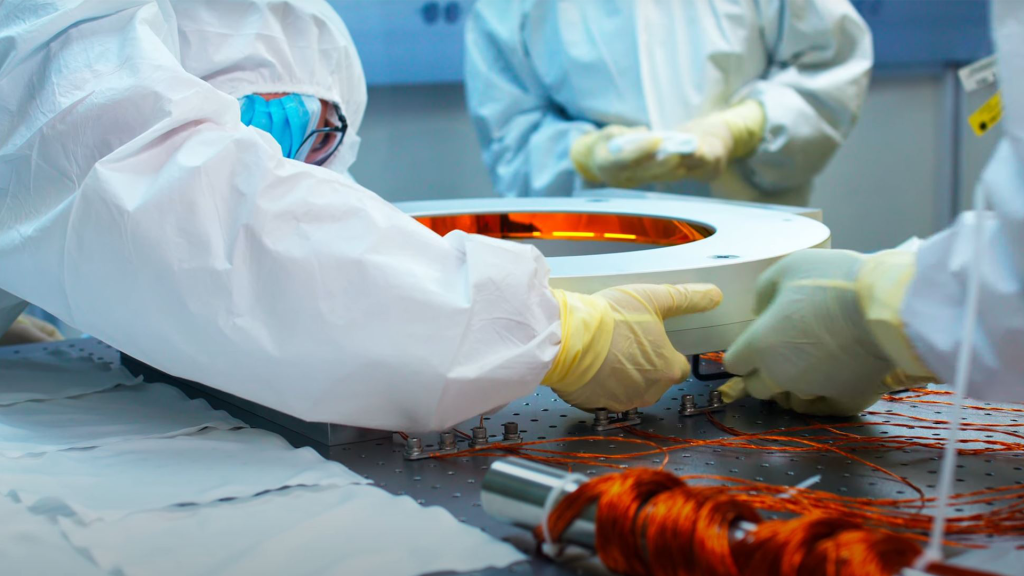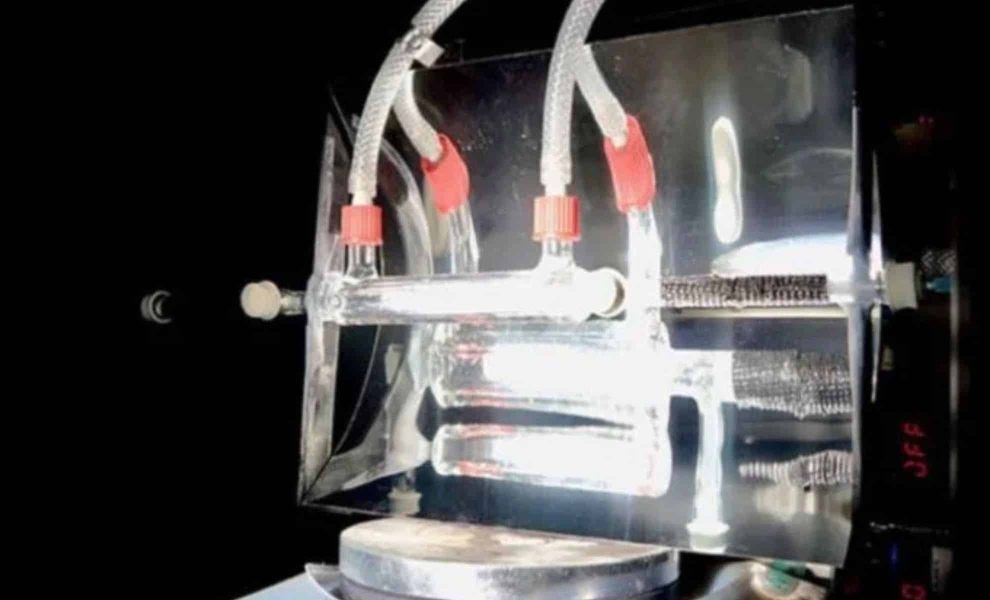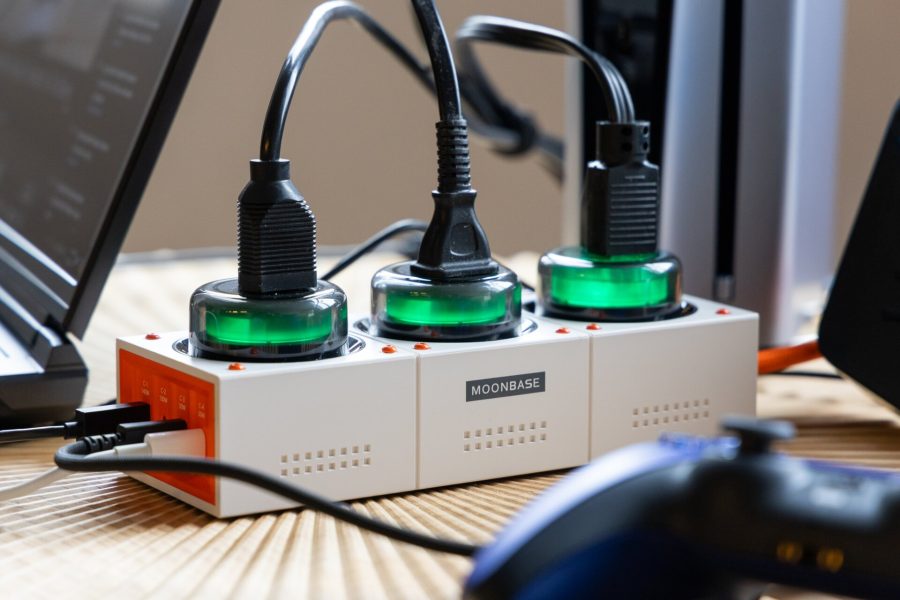LIGO to detect gravitational waves from 13 million light-years further with new device – Interesting Engineering

While LIGO’s laser can currently reach 750 kilowatts, it needs to surpass one megawatt to achieve its full potential.15 hours ago21 hours agoa day agoa day agoa day agoa day ago2 days ago2 days ago2 days ago2 days ago3 hours ago6 hours ago12 hours ago15 hours ago17 hours ago18 hours ago20 hours ago21 hours ago21 hours ago21 hours agoRupendra BrahambhattResearchers working on the newly developed optical device.University of California, Riverside (UCR)The Laser Interferometer Gravitational-Wave Observatory, or LIGO, is one of the most powerful scientific equipment for detecting gravitational waves. Covering an area of 16 square kilometers, it also happens to be among the world’s largest scientific facilities. However, there’s something that prevents this giant instrument from realizing its full potential. Currently, LIGO’s laser power starts at 200 Watts, and with maximum amplification, it can go up to 750 kilowatts — but this is not enough. According to scientists, the LIGO laser must cross the one-megawatt level to accomplish desirable results. “Achieving greater quantum-noise-limited sensitivity to spacetime strain hinges on achieving higher circulating laser power, in excess of 1 MW, in conjunction with highly squeezed quantum states of light,” authors of a study note. Until now, there has been no way to make this happen, but a new study presents a prototype optical device that promises to boost LIGO’s laser power to levels never achieved before. “We demonstrate the potential of new adaptive optical technology to expand the detection horizon of gravitational-wave observatories,” the researchers said. The newly developed prototype employs non-imaging optical principles that have never been applied to detect gravitational waves. Non-imaging optical principles are optical techniques that manipulate light without forming a traditional image, unlike lenses or mirrors used in cameras and telescopes. They are often used to control light distribution, beam shape, or energy transfer rather than focusing on visual resolution.The instrument developed by the researchers uses these techniques to apply precise optical corrections directly to LIGO’s main mirrors. It is positioned just a few centimeters in front of the mirror’s surface, where it projects ultra-low-noise infrared radiation to improve performance.The researchers tested the performance of their instrument using simulations for LIGO A+, the next-generation upgrade of LIGO. They assumed the system was running with a 125-watt laser and a special quantum noise reduction technique at a level of 9 dB.Their results showed that this new technology could lower background noise in the detector by up to 20% in the frequency range of 200 Hz to 5 kHz. This means LIGO would be able to detect gravitational waves even from merging neutron stars that are about 4 megaparsecs (roughly 13 million light-years) farther away than before.The US also has plans to make a gravitational wave detector 10 times the size of LIGO. The proposed observatory is named the Cosmic Explorer, and if everything goes as planned, it will be operational in the 2030s. This 40×40 km facility will allow us to “see the universe at earlier times than when the first stars are believed to have formed when the universe was about 0.1% of its present 14-billion-year age,” the study authors said.However, Cosmic Explorer will also require lasers far more powerful than those of LIGO, and this is where the proposed optical technology could play an important role. It has the potential to provide Cosmic Explorer with all the laser power needed to dive deep into the universe’s unsolved mysteries.Apart from allowing us to detect gravitational waves, the “research promises to answer some of the deepest questions in physics and cosmology, such as how fast the universe is expanding and the true nature of black holes,” the study authors added.The study is published in the journal Physical Review Letters.Rupendra Brahambhatt Rupendra Brahambhatt is an experienced writer, researcher, journalist, and filmmaker. With a B.Sc (Hons.) in Science and PGJMC in Mass Communications, he has been actively working with some of the most innovative brands, news agencies, digital magazines, documentary filmmakers, and nonprofits from different parts of the globe. As an author, he works with a vision to bring forward the right information and encourage a constructive mindset among the masses.Stay up-to-date on engineering, tech, space, and science news with The Blueprint.By clicking sign up, you confirm that you accept this site’s Terms of Use and Privacy Policy2 days ago2 days ago2 days ago2 days agoPremiumIE PROFollow
Source: https://interestingengineering.com/science/ligo-laser-boost-gravitational-waves






